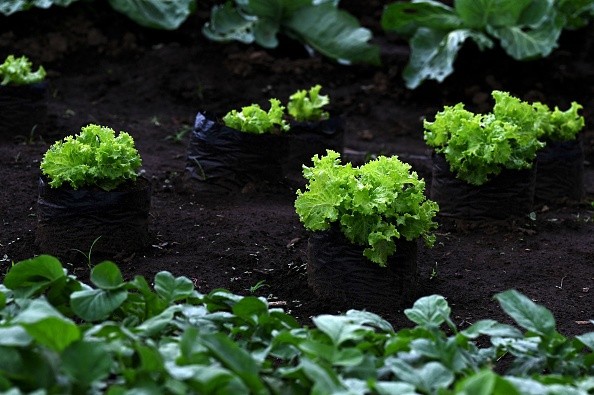A recently discovered manipulation mechanism that parasitic bacteria use to delay aging in plants may provide new ways that could be helpful in protecting food crops threatened by disease.

Phytoplasma Bacteria
Parasites control the organisms they depend on to suit their needs, at times they do this in drastic ways.
When this plant is under the spell of a parasite, they go through such extensive alterations called "zombies". This stops them from reproducing and they serve only as a habitat and parasitic pathogens' host.
So far, there's been not so much understanding of how this occurs on a molecular and mechanistic level.
Research from the Hogenhout group at the John Innes Centre and collaborators released in Cell, has recognized a manipulation molecule made by Phytoplasma bacteria to take over the development of plant. This protein triggers primary growth regulators to be broken down when inside a plant, prompting abnormal growth.
Phytoplasma bacteria is among a group of microbes that are infamous for their ability to change the development of the plants they depend on. This group of bacteria is usually accountable for the 'witches' brooms' found in trees, where numerous branches develop close together.
Resistance of Crops to Phytoplasmas
These bushy outgrowths occur when the plant is trapped in a vegetative "zombie" state and lacks the ability to reproduce. Hence, advance to a 'forever young' status.
Phytoplasma bacteria can also prompt destructive crop disease, like Aster Yellows which lead to notable yield losses in both leaf and grain crops including carrots, lettuce, and cereals.
The corresponding author of the study named Professor Saskia Hogenhout, said: "Phytoplasmas are a spectacular example of how the reach of genes can extend beyond the organisms to impact surrounding environments.
"Our findings cast new light on a molecular mechanism behind this extended phenotype in a way that could help solve a major problem for food production. We highlight a promising strategy for engineering plants to achieve a level of durable resistance of crops to phytoplasmas."

SAP05
The new discoveries reveal how the bacterial protein referred to as SAP05 manipulates plants by profiting from some of the molecular machinery owned by the host.
This machinery, referred to as the proteasome normally breaks down proteins that plant cells no longer needs. SAP05 takes over this process, making plant proteins that are crucial in growth and development regulation, to successfully be thrown in a molecular recycling center.
If these proteins are not available, the development of the plant is changed to satisfy the bacteria, prompting the growth of various vegetative shoots and tissues and putting a halt on the plant aging.
The researchers revealed the role of SAP05 in detail through biochemical and genetic experiments on Arabidopsis thaliana, the model plant.
Related Article : Learning Plants' Feelings Helps Scientists Improve Crop Production
For more news, updates about plants and similar topics don't forget to follow Nature World News!
© 2025 NatureWorldNews.com All rights reserved. Do not reproduce without permission.





